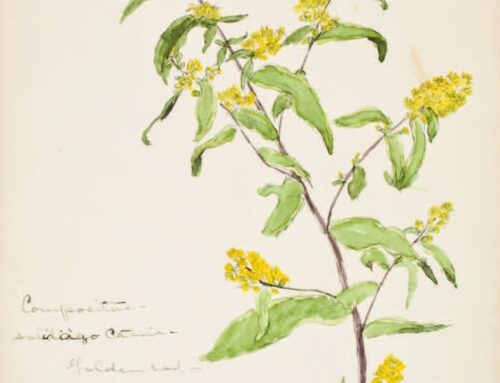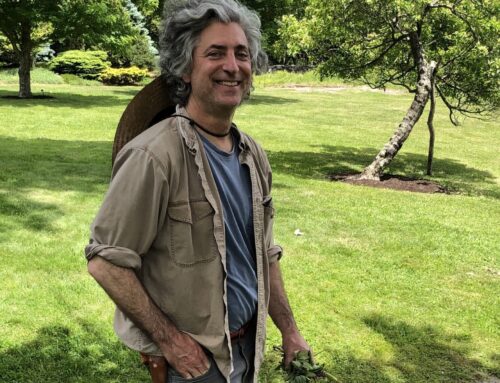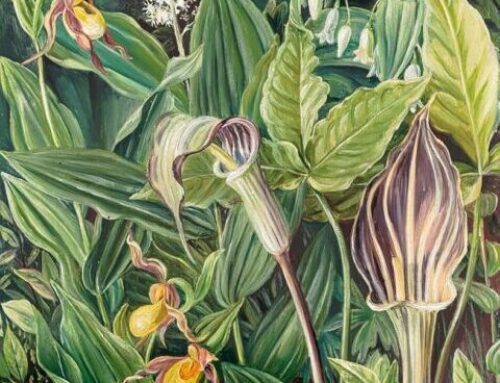Traveling to “The Heart of the Andes”
With Mauricio Diazgranados
February 7, 2024
The Heart of the Andes by Frederic Church is an exquisite representation of the biological richness of these breathtaking landscapes, inviting curious eyes to explore every inch of this fabulous painting. During this virtual webinar, Dr. Mauricio Diazgranados will guide viewers through a journey traversing Church’s painting, sharing his photographs, adventures, and knowledge with over 30 years’ experience hiking and exploring the flora of these mountains.






